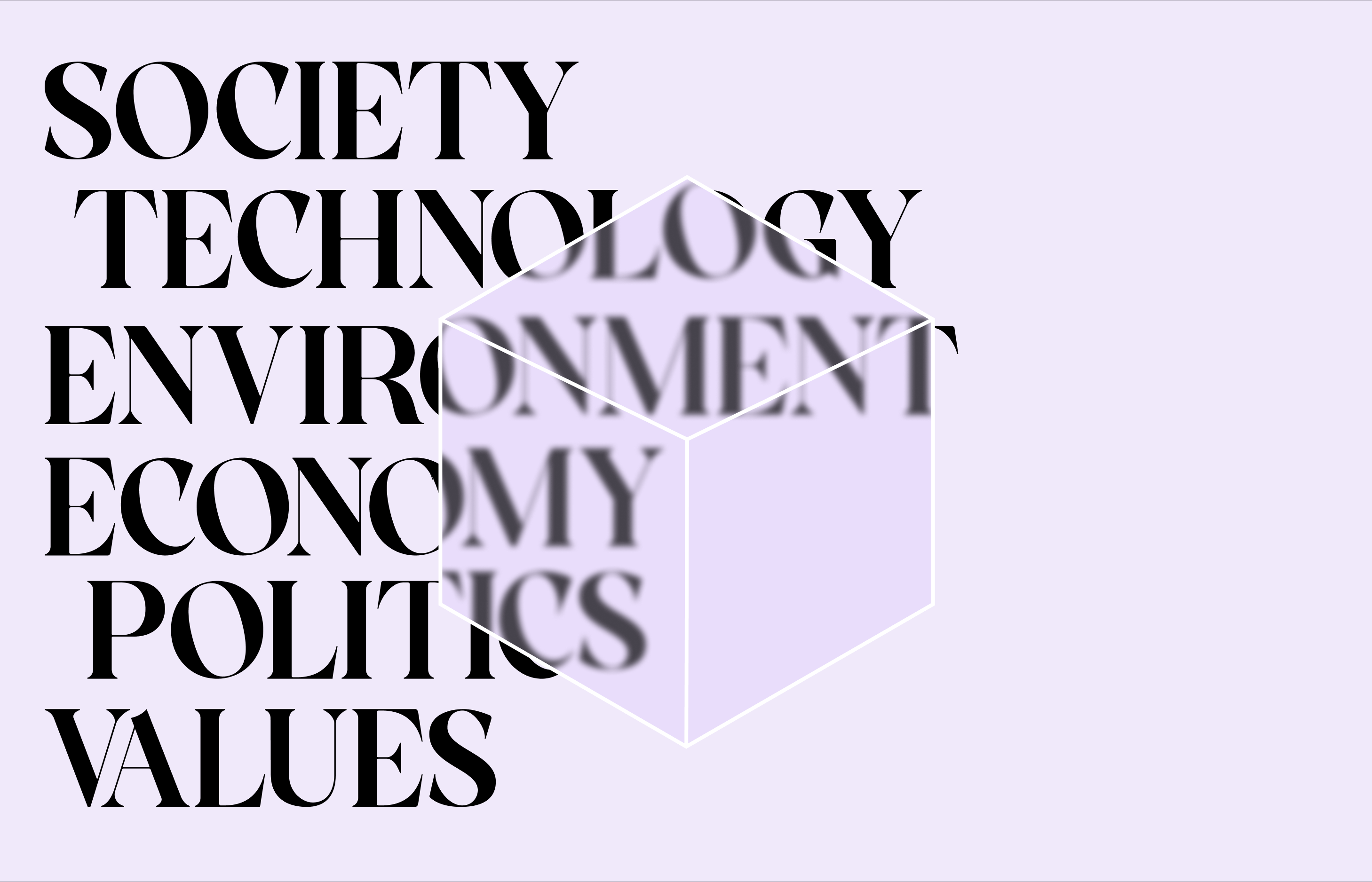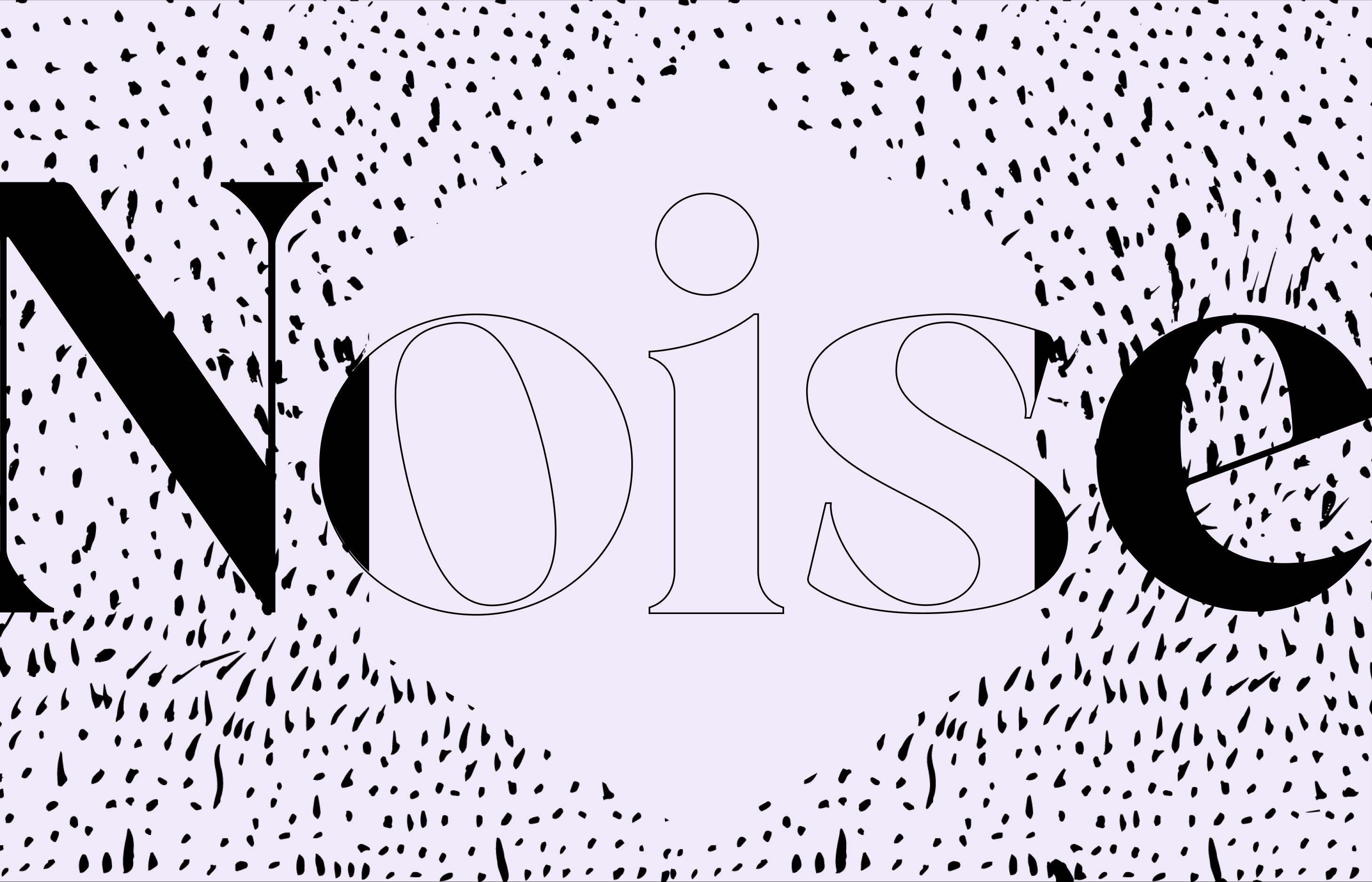Six dimensional thinking
Ready to wake up to six-dimensional thinking?
The hexagon is the most robust shape occurring in nature. By default, we associate it the shape with a honeycomb and bees and their teamwork and cooperative nature. Community, creation and balance are just a few feelings evoked by this geometric wonder. Six-dimensional models seem to be commonly used to build awareness and flexibility. For example, A Whole New Mind author Daniel Pink describes the six senses, “design, story, symphony, empathy, play, meaning,” as senses that one needs to develop a “whole new mind”. He argues we have forgotten how to imagine in the right-brain world we created, necklacing the use of our conceptual right-brain. Psychology uses the ACT hexagon approach to build psychological flexibility, committed action and contact with the present moment. Futures thinking uses the STEEPV framework to map signals and trends from a comprehensive perspective to understand the situation and find the most critical uncertainties. Schools use hexagon thinking to build critical thinking skills that remind me of future impact mapping practice.
STEEPV framework

